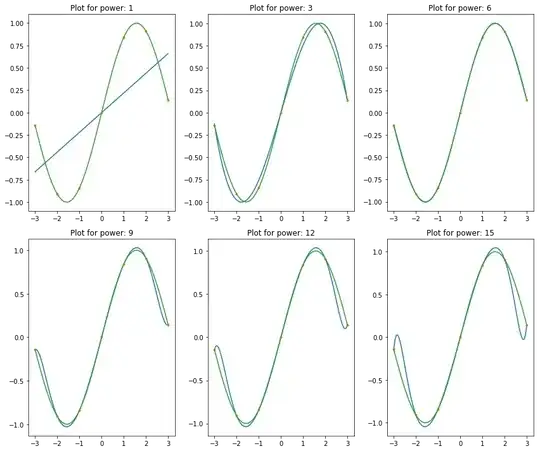Demetri Pananos argued that the question is underdetermined based on the idea that the sample might be different. However, even when the same sample is used (as clarified on your edit) then we can still not know whether the confidence interval [11,13] is a lower or higher % confidence interval than the confidence interval [10,14].
Example
Below is an example that is a bit far-fetched, and this answer is pedantic. But it does illustrate how confidence intervals should be interpreted.
Say we compute the mean of a sample from a normal distributed population that is parametized by the 4-th root $\theta^{1/4}$ of $\theta$. Let the sample distribution of the mean be:
$$\bar{x} \sim \mathcal{N(\mu_{\bar{x}} = \text{sign}(\theta)\text{abs}(\theta)^{1/4}\, ,\, \sigma_{\bar{x}} = 1})$$
this expression $\text{sign}(\theta)\text{abs}(\theta)^{1/4}$ is like $\theta^{1/4}$ but also has a solution for negative $\theta$.
The image below shows how we can create different 95% confidence intervals for this case (see for more about this: The basic logic of constructing a confidence interval). We sketch two cases.
- In one case, the solid lines, boundaries are chosen by the upper and lower 2.5% test intervals.
- In the other case, the broken line, the boundaries are chosen by the upper 5% for $\theta<0$ and the lower 5% for $\theta>0$
In both these cases, the confidence intervals will contain the true value 5% of the time, independent of the true parameter $\theta$.
If we would observe $\bar{X} = 0$, then we would have two different intervals approximately $[-7.320,7.320]$ and $[-14.757,14.757]$. That's a difference by a factor two, just like your case.

I agree that this answer is pedantic, and shows how the question is technically underdetermined. But in practice, you will not find the situation of the example above. In a 'normal' situation we the confidence intervals will not be constructed in these strange/extreme ways and when one confidence interval is smaller (for the same data) then it typically relates to a smaller % confidence. But, as this answer shows, it is not necessary.
